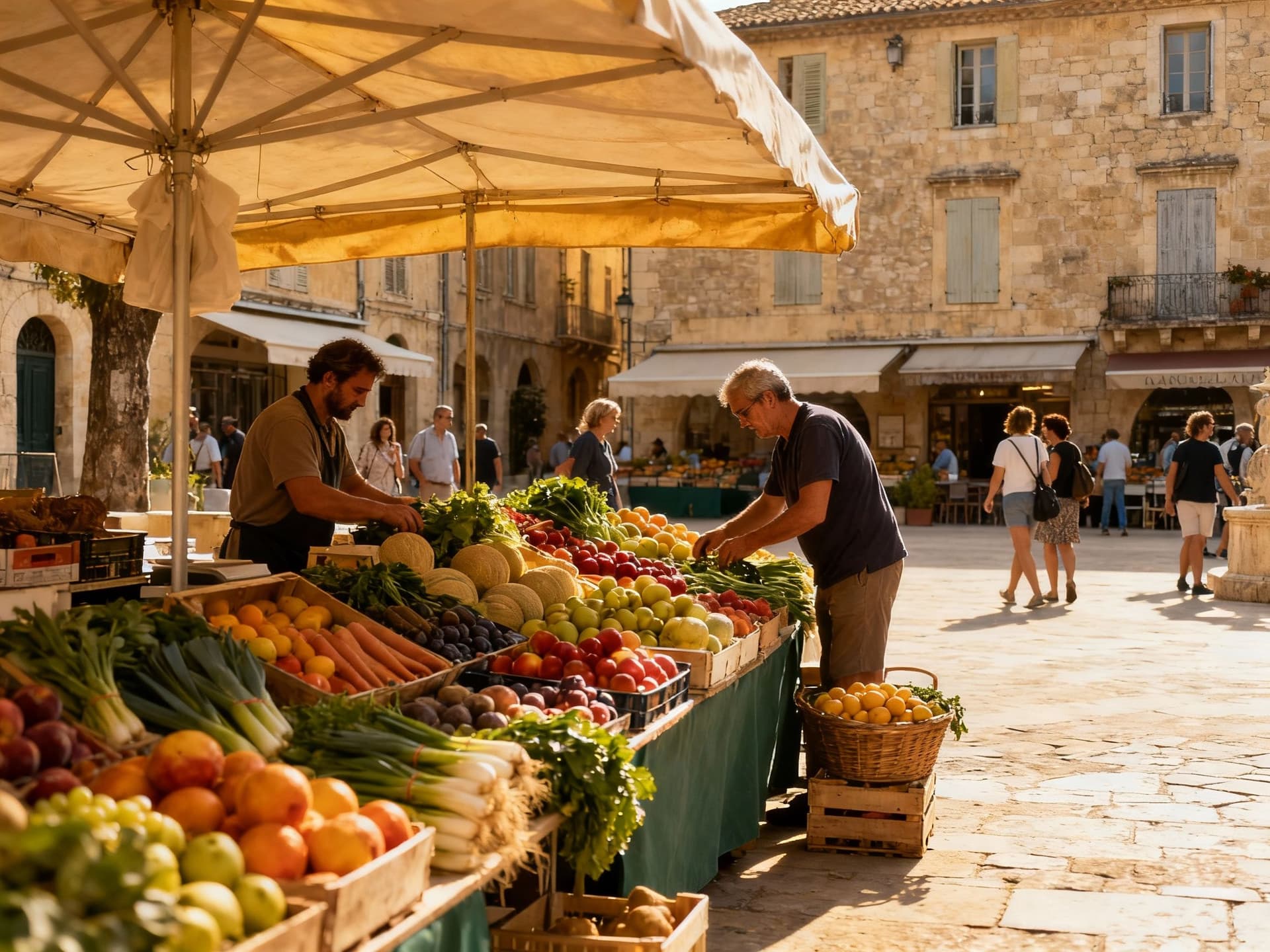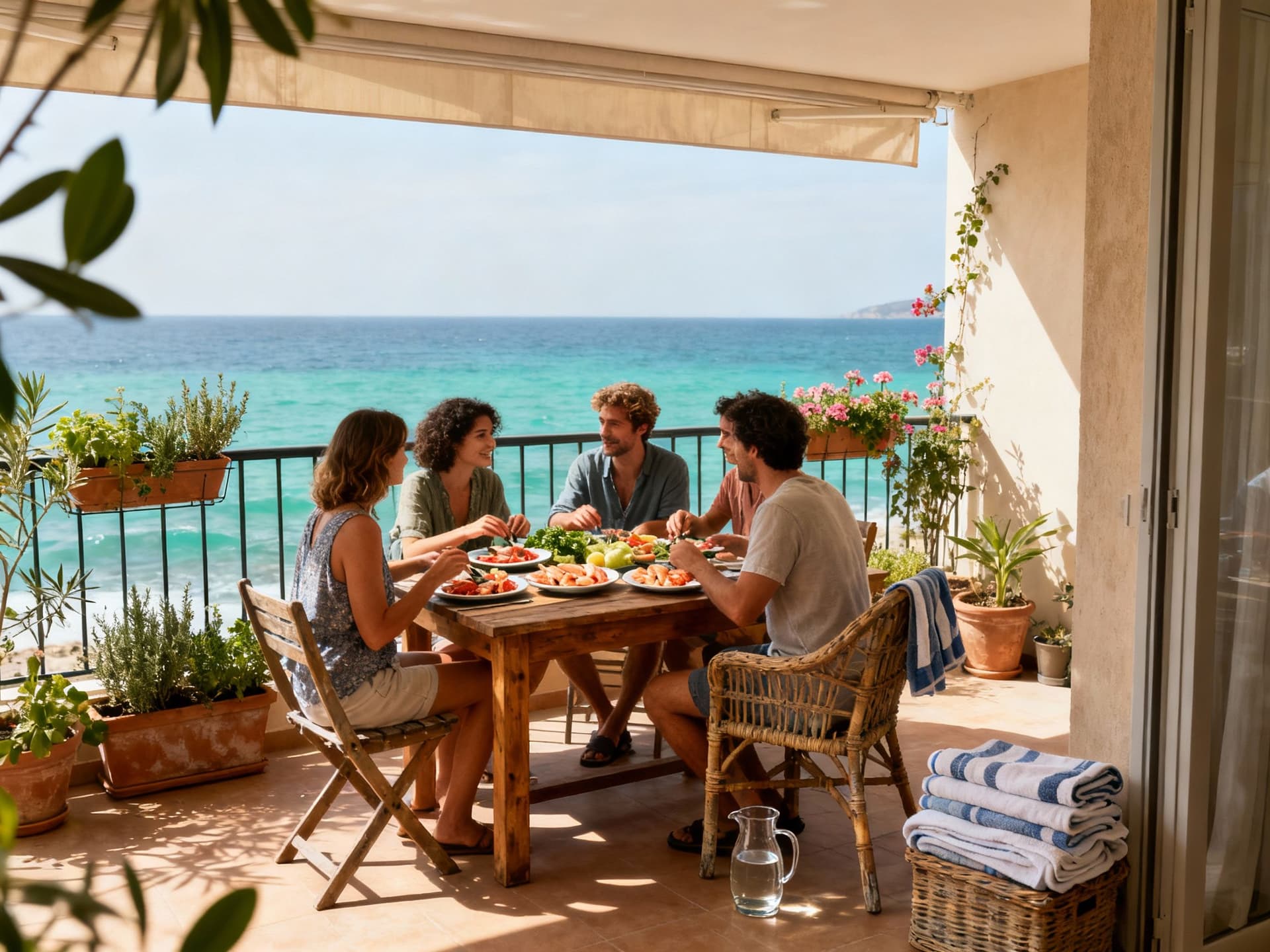France: Lifestyle Choices and the Yield Trade‑Off
France’s lifestyle is intoxicating — but smart buyers quantify yield, tax and seasonal demand first; model net yields and local rules before committing.
Imagine sipping a café crème at an early-morning terrace in the Marais, then crossing the Seine to inspect a light-filled Haussmann apartment — France folds everyday ritual into property life. But romance and returns follow different rules: purchase taxes, local rental regulation and yield compression shape long‑term outcomes. This piece pairs the lived experience of French neighbourhoods with concrete market data so internationally mobile investors can weigh lifestyle against financial reality.
Living the French lifestyle: what you actually wake up to

France is a set of distinct daily rhythms rather than one single temperament. In Paris mornings begin with boulangerie queues and short commutes; on the Riviera the day revolves around beaches and outdoor dining; in Bordeaux and Burgundy weekends are governed by markets and wine tastings. These rhythms determine the type of property that makes sense — compact, well‑connected flats in dense urban markets; light-filled villas on the coast; stone farmhouses in wine country — and they influence rental demand seasonality and long‑run capital performance.
Paris & Île‑de‑France: concentrated demand, compressed yields
Picture small streets, morning markets and tight elevator buildings: Paris delivers unrivalled liquidity and capital appreciation potential but historically lower net rental yields. Recent sector data shows Paris yields typically sit below provincial markets, reflecting high price per square metre and steady tourist-driven demand. Investors seeking stability accept lower cash returns in exchange for lower vacancy risk and strong resale liquidity.
Provence, Côte d’Azur & the coast: seasonality and premium second‑homes
Sun, markets and summer tourism shape life on the Riviera. Coastal markets offer excellent short‑stay revenue in high season but face pronounced vacancy and management costs off‑season. INSEE data show non‑resident overnight stays rose materially in recent quarters, supporting holiday-rental demand; however, seasonal income requires active property management and compliance with local short‑let rules.
- Lifestyle highlights — real places to feel the French day-to-day:
- Le Marais (Paris): tight lanes, centuries-old buildings, strong short-term rental appeal for central visitors.
- Vieux Nice & Promenade: café culture, beach access and premium seasonal letting.
- Saint‑Émilion & Bordeaux: wine-tourism micro-economies that support hospitality and event-driven rentals.
Making the move: practical considerations that affect returns

Lifestyle choices must be reconciled with transactional realities. Transaction costs in France (notary fees and transfer taxes) typically add 7–8% for existing properties and are lower for new-builds; local taxes and wealth taxes (IFI) can change annual holding costs. Non‑resident tax guidance and registration obligations are specific: French tax authorities require property declarations and may levy tax on rental income and capital gains with treaty adjustments. These fiscal elements materially change net yield calculations and should be modelled before purchase.
Price, yield and occupancy: what current data says
Broad-market measures show gross rental yields across France around 4–4.7% in recent quarters, with higher pockets (Marseille, some provincial cities) and lower yields in core Parisian arrondissements. Notaires and industry reporting noted a market rebound in early 2025 after rate volatility reduced buyer activity; falling rates supported transaction volume and lifted prices in major zones. Use gross-to-net adjustments (account for 20–35% for taxes, management, maintenance) to estimate realistic investor yields.
Working with local experts: why agency choice matters
Agencies provide more than viewings: they interpret local regulations, verify rental licences for short lets, and connect buyers to bilingual notaires and tax advisers. For non‑residents, an agency that routinely handles cross‑border clients reduces operational risk (banking introductions, electricity/gas subscriptions, tenant placement). Confirm an agent’s track record on tenant yield, local rental rules and experience with non‑resident tax flows before contracting.
- Practical steps to reconcile lifestyle and return (numbered):
- Estimate net yield using realistic assumptions: start with gross yield then subtract 20–35% for operating costs and tax to reach an investor‑grade net yield.
- Validate local short‑let rules: municipalities such as Paris and Nice limit tourist rentals — secure registration numbers where required.
- Model total cost of ownership: include notary and transfer taxes (~7–8% used-market), property taxes (taxe foncière), insurance, and periodic renovation reserves.
Insider knowledge: what expats wish they'd known
The most common surprises are process friction and recurring costs. Expect slower timelines for administrative steps (notaire transfer, title searches), cultural differences in negotiation, and the need for local registrations for rentals. Expats who plan for these frictions (and line up tax advice before signing) report smoother transitions and steadier income streams once tenancies start.
Cultural & community integration: language, services and social life
Learning French expedites everything from contractor quotes to enduring landlord‑tenant relationships. Expat communities cluster around international schools, major transport nodes and university towns — Aix‑en‑Provence, Lyon, Bordeaux and parts of the Riviera have well‑established networks. Practical integration improves tenant screening and local management outcomes when an owner cannot be on site.
Long‑term lifestyle vs. short‑term yield: the trade-offs
Buying for lifestyle — a family home, retirement base, or seasonal pied‑à‑terre — often prioritises amenity and liveability over immediate yield. Conversely, yield‑first buyers prioritise accessibility, tenant demand indicators and cost control. Blended strategies (buy local lifestyle now; refurbish to improve rental value later) can capture both aims but require cash reserves and realistic renovation timelines.
- Insider tips — avoidable mistakes and practical fixes:
- Don’t underestimate municipal short‑let registration or tourist‑tax obligations — confirm requirements before marketing.
- Budget 7–8% transactional fees for older properties and 2–3% for new builds when modelling returns.
- If your French property equity exceeds €1.3m, model IFI (property wealth tax) exposure and understand treaty relief options.
If France is where you want the lifestyle, plan the decision as a two-track process: fall in love with the neighbourhood first; then stress‑test the financials second. Gather price per square metre data, run net yield scenarios, confirm legal/tax obligations and choose an agency experienced with non‑resident investors to manage the administrative and tenant sides. That approach preserves the emotion of moving while protecting portfolio returns.
Dutch investment strategist who built a practice assisting 200+ Dutch clients find Spanish assets, with emphasis on cap rates and due diligence.


